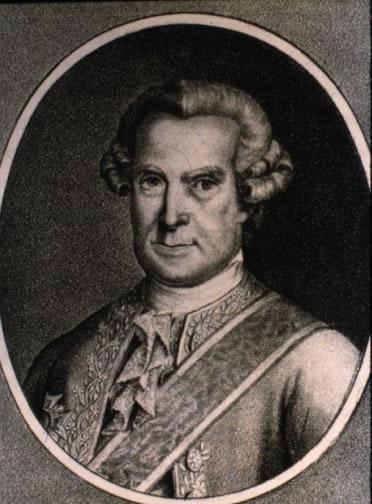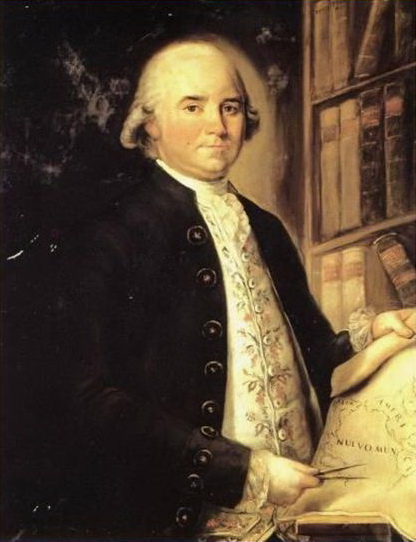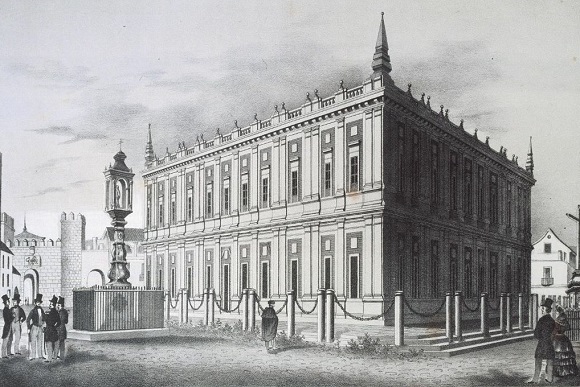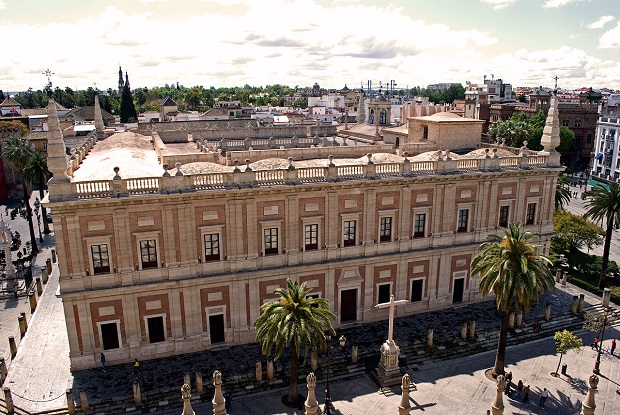Archivo General De Indias
On the south side of the Catedral lies the building of the Archivo General De Indias, the General Archive of the Indies. Built at the orders of the Habsburg King Philip II of Spain at a time when the Spanish Empire was already deep in debt due to the economic policies of its rulers and the trade with the Americas was its main lifeline. Back then however the building was not intended to serve as an archive but as a merchant’s market, the Casa Lonja de Mercaderes, a temple of commerce when commerce was a matter of utmost importance for the crown. Juan de Herrera, a Renaissance architect that was at the time directing the construction of Monasterio del Escorial took over the project which was ready for use by the end of the 1590’s although work at the building continued until 1630.
In 1785 at the wish of the reformer King Carlos III who wanted to put together in one place all the documents referring to the Empire’s overseas trade and transactions, until then scattered in Simancas, Cádiz and Seville the Casa Lonja de Marcaderes (underutilized since the relocation of the overseas trade headquarters to Cadiz in 1717), becomes the main depository and headquarters of the General Archive of the Indies. The directors of the project was Don José de Gálvez, a veteran commander of Spanish North America, and the academic and historian Don Juan Bautista Muñoz, a major cosmographer of the New World.



All documents from the Council of the Indies, the Casa de la Contratación, the Spanish consulates in the New World, of the State and Dispatch secretariats were transported and stored carefully until the Archive became the main documentary deposit for the study of the Spanish Administration in the New World, or, as it has been known since then the Spanish Mecca of Americanism. The year 1760 was designated as the dividing date between the administrative and the historical, so that the documents prior to that date had to be sent to the Archive of the Indies, leaving the documentation after that date to the service of the agencies that produced the documents.
Today, the General Archive of the Indies preserves a treasure of incalculable historical-cultural value of more than forty-three thousand files, installed in eight linear kilometers of shelves, with some eighty million pages of original documents that allow to delve into more than three centuries of history of an entire continent (America), from the Land of Fire to the south of the United States , as well as the Spanish eastern end, the Philippines : political history and social history, economic history and mentalities, the history of the church , the history of art , autograph texts of Christopher Columbus ,Fernando de Magallanes , Vasco Núñez de Balboa , Hernán Cortés , Francisco Pizarro .
The most varied subjects occupy the interest of the thousands of researchers who pass through the Archive: from the discovery, exploration and conquest of the New World to independence; from the Indian political institutions to the history of the pre-Columbian peoples; from commercial exchange to maritime traffic problems; from missionary expansion to inquisitorial aspects. So many and so many topics in which the General Archive of the Indies has contributed over time to obtain the most complete and documented historical vision of the Spanish Administration of the New World.
Today the entrance to the building is free, something that makes this visit a no-brainer even just for the admiration of its architecture, its monumental staircase and beautiful central patio. The building very often becomes the venue of historic and cultural exhibitions like the latest presenting Magellan’s journey around the world of 1512. It is probably a place Robert Langton, the hero of Dan Brown’s novels and his literal admirers would love to explore. It’s also ideal for history buffs although the chances for going through an ancient document yourself are slim.



